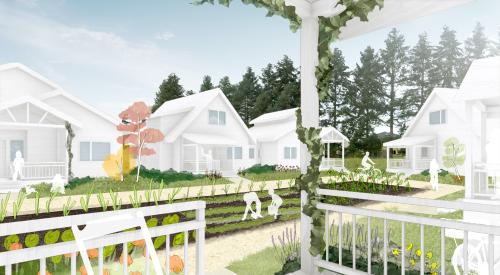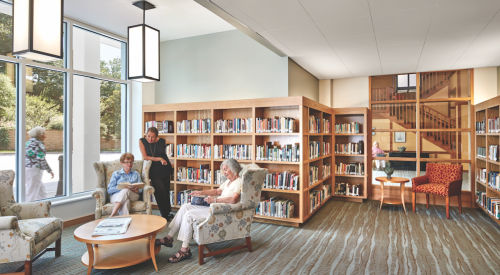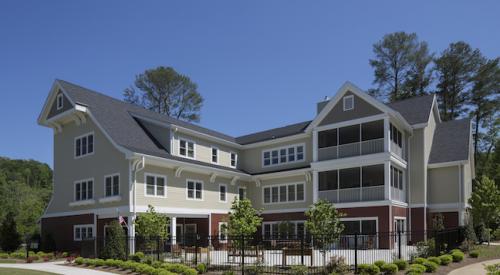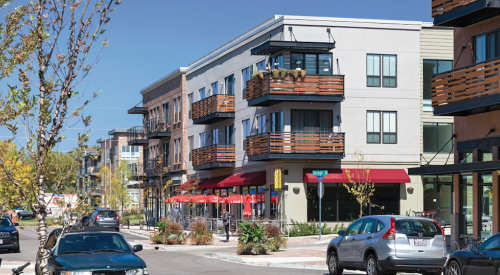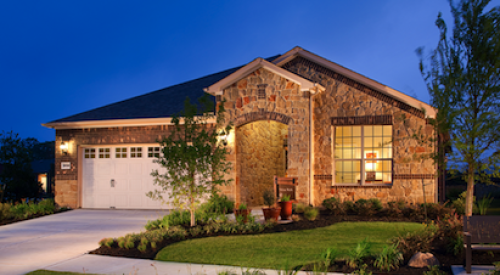Communes conjure up notions of sharing common spaces, resources and socio-political interests with a similar group of cohabitants.
But collaborative housing, or cohousing, strikes a balance between privacy and community. Homeowners share common areas that may include a dining room (where optional communal meals are shared two or three times a week), kitchen, meeting rooms, recreation facilities, workshop and children's play area — while maintaining their own complete, autonomous housing units (with kitchens, living rooms, etc.). There is no shared communal economy.
Cohousing communities are planned and managed by residents who come from all walks of life — singles, couples, families, empty nesters and retirees — who are committed to living as a community. The typical cohousing community has 20 to 30 single-family homes that face each other along a pedestrian street or are clustered around a common courtyard.
Cohousing encourages social interaction with neighbors and can reduce feelings of suburban isolation, providing a surrogate social network and support system for individuals that live far from their extended families. Neighbors watch out for each other and their property.
Cohousing often utilizes an environmentally sensitive design that emphasizes pedestrian access and optimized open space. It promotes conservation because more resources, such as tools, cars and books, can be shared.
Cohousing communities have historically taken anywhere from two to eight years to complete. But Jim Leach of Wonderland Hill Development Company of Boulder, Colo., has pioneered a "streamlined model" of development. A national team of cohousing professionals consults with future residents and handles the technical aspects of the project, including building and development, engineering, architecture and design, project management and group process.
Cohousing began in Denmark in the late 1960s, and spread to North America in the late 1980s, around the time husband and wife architects Kathryn McCamant and Chuck Durrett wrote, "Cohousing: A Contemporary Approach to Housing Ourselves," after studying and visiting more than 50 of these Scandinavian communities. According to the Cohousing Association of the United States, there are more than 100 cohousing communities completed or in development in the U.S. and Canada, with high concentrations in California, Colorado, Washington and Massachusetts.
